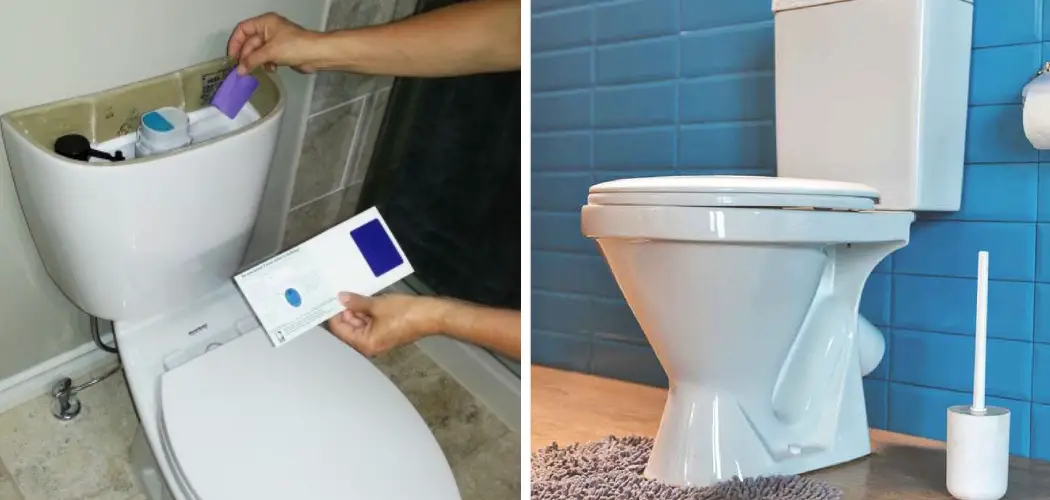There are several reasons why it’s important to know how to test your toilet for leaks. First, leaky toilets can waste a significant amount of water and lead to higher water bills.
According to the Environmental Protection Agency (EPA), a leaky toilet can waste up to 200 gallons of water per day. That’s not only bad for your wallet, but it also puts unnecessary strain on the environment by depleting our freshwater resources.
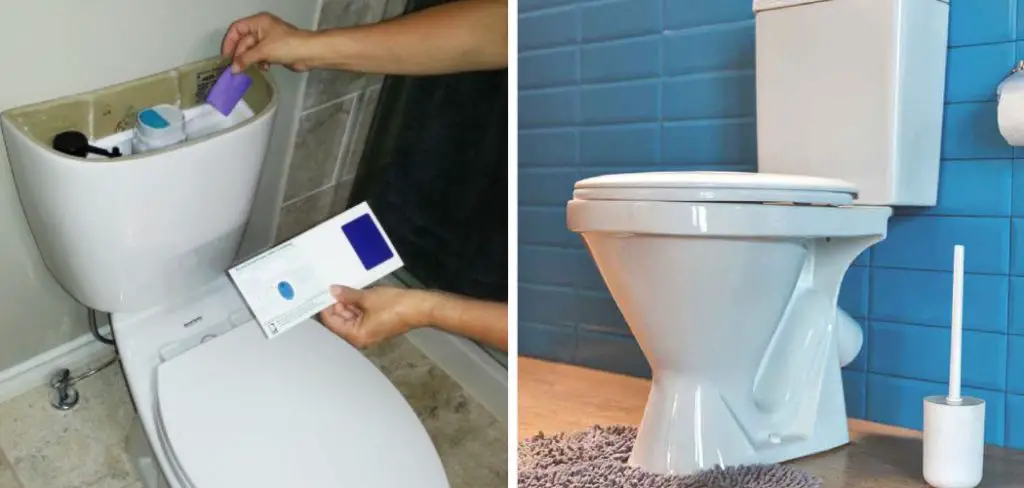
The main advantage of knowing how to test your toilet for leaks is the potential cost savings. By identifying and fixing any leaks, you can prevent wasting hundreds of gallons of water per day and lower your monthly water bill.
Additionally, regularly checking for leaks can also help you catch any potential plumbing issues early on before they turn into larger and more expensive problems. In this blog post, You will learn in detail how to test toilet for leaks.
Step by Step Processes for How to Test Toilet for Leaks
Step 1: Inspect the Toilet Tank
Begin by removing the lid from the toilet tank and setting it aside in a safe place. Take a look at the water level in the tank and make sure it is not overflowing into the overflow tube. If it is, adjust the fill valve to lower the water level.
Step 2: Place Dye Tablets or Food Coloring Into the Tank
You can purchase dye tablets specifically made for testing toilet leaks, or you can use a few drops of food coloring. Allow the dye to settle for about 15-20 minutes without flushing the toilet.
Step 3: Check the Toilet Bowl
After waiting, check the water in the bowl. If there is colored water present, it indicates a leak. If there is no colored water in the bowl, the next step is to check the flapper. The flapper is located at the bottom of the tank and controls water flow into the bowl. If it is worn or damaged, it can cause leaks.
Step 4: Replace the Flapper
If the flapper is faulty, replace it with a new one. You can purchase a replacement at your local hardware store. If the flapper is not the issue, check the fill valve and float for any wear or damage. These components control the water level in the tank and can also cause leaks if not functioning properly.
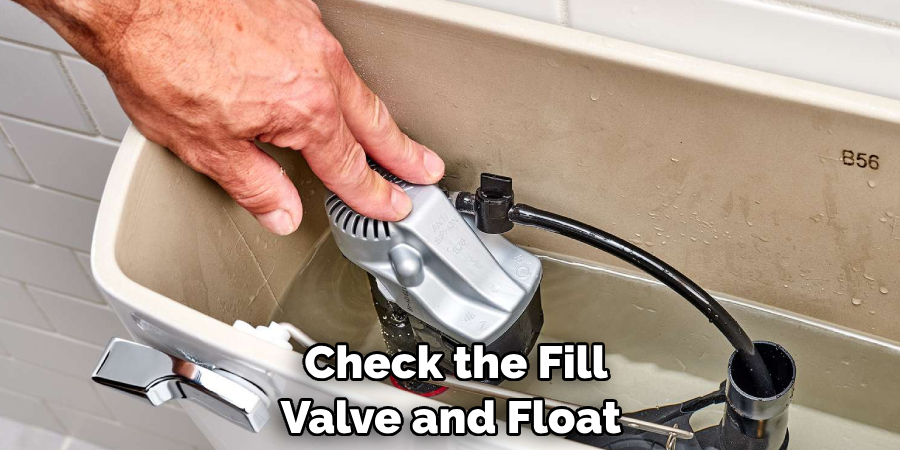
Step 5: Replace Any Faulty Parts
If you notice any worn or damaged parts, replace them to prevent leaks and ensure proper functioning of your toilet. After completing any necessary repairs, repeat the dye test to make sure there are no more leaks. If there is still colored water in the bowl, continue to troubleshoot and make any necessary repairs.
Step 6: Check the Base of the Toilet
If there is still no evidence of a leak, check around the base of the toilet for any water. This could indicate a faulty wax ring or loose bolts that need to be tightened. If you are unable to find or fix a leak yourself, it’s best to call a professional plumber for further assistance. They have the expertise and tools to diagnose and repair any plumbing issues with your toilet.
By following these steps, you can easily test your toilet for leaks and save money on your water bill. Regularly checking for leaks is an important part of maintaining a functional and efficient toilet in your home. Remember to always check for leaks after completing any repairs or maintenance on your toilet as well.
Safety Tips for How to Test Toilet for Leaks
- Always shut off the water supply to the toilet before beginning any inspection or repairs.
- Wear gloves and protective eyewear when handling potentially contaminated parts or water.
- Never flush the toilet while performing the dye test. This could dilute the dye and give a false negative result.
- If you notice any cracks or damage to your toilet tank, it may be best to replace the entire toilet to prevent future leaks.
- Be careful when handling any chemicals or cleaning products used to test for leaks. Read and follow all instructions carefully.
- If you are unsure about any steps in the process, seek the help of a professional plumber instead.
- Regularly check your toilet for leaks, even if you have not noticed any issues. Prevention is key in avoiding costly repairs and water waste.
By following these safety tips, you can ensure a smooth and safe process while testing your toilet for leaks. Remember to always prioritize your safety when performing any repairs or maintenance in your home.
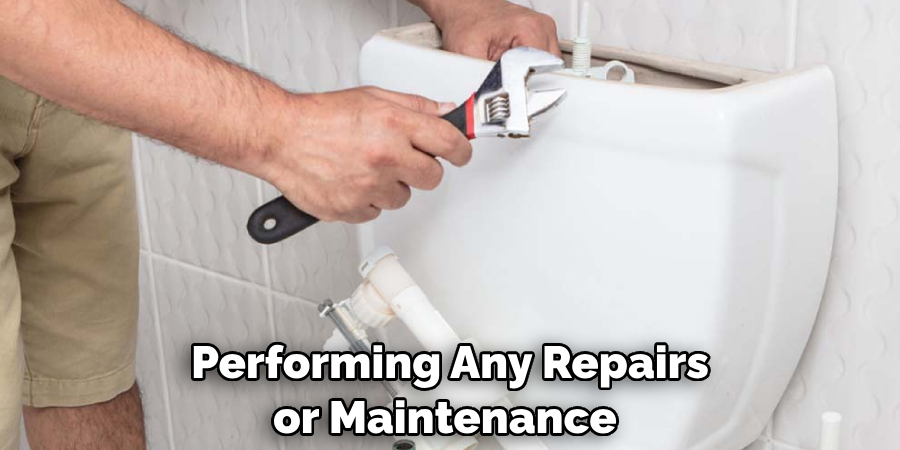
What Are the Potential Consequences of Having a Leaky Toilet?
Having a leaky toilet can lead to several consequences, including:
- Higher Water Bills: As mentioned earlier, a leaky toilet can waste up to 200 gallons of water per day. This can significantly increase your monthly water bill and cost you hundreds of dollars over time.
- Water Damage: If the leak is not caught early on, it can cause damage to your flooring, walls, and even the structure of your home. This can be a costly and time-consuming issue to repair.
- Mold Growth: The constant presence of water from a leaky toilet can create the perfect environment for mold growth. This not only poses health risks but also requires professional remediation to fully remove.
- Damaged Septic System: If you have a septic system, a leaky toilet can overload it and lead to backups and malfunctions. This can result in costly repairs or even replacement of the entire septic system.
- Environmental Impact: Wasting water through a leaky toilet not only affects your wallet but also has a negative impact on the environment. It depletes our freshwater resources and contributes to water scarcity in certain areas.
It’s important to address a leaky toilet as soon as possible to avoid these potential consequences. Regularly testing for leaks and performing necessary repairs can help prevent these issues from occurring.
Other Common Toilet Issues
While leaks are one of the most common issues with toilets, there are also other problems that may arise. Some other common toilet issues include:
- Constantly Running Toilet: This can be caused by a faulty flapper, fill valve, or float. It not only wastes water but also creates an annoying noise.
- Clogs: If your toilet is frequently clogging, it may be due to flushing inappropriate items or buildup of waste in the pipes. Using a plunger or drain cleaner can often solve this issue.
- Weak Flush: If your toilet is struggling to flush properly, it may be due to a clog or low water level in the tank. Adjusting the water level or using a plunger can help solve this issue.
- Condensation on the Tank: During humid weather, you may notice condensation on the outside of your toilet tank. This is usually not a cause for concern and can be wiped away with a towel.
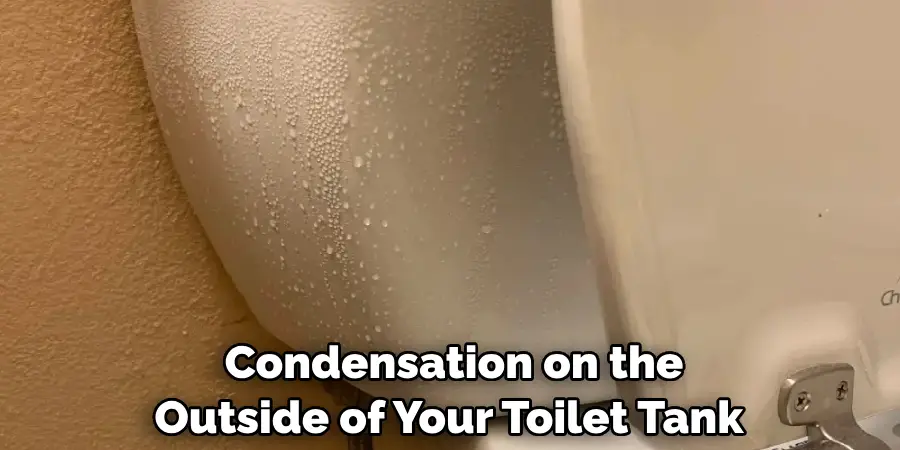
If you experience any of these issues, it’s important to address them promptly to prevent further complications. Regular maintenance and proper use can help prevent these common toilet problems from occurring.
Are There Any DIY Techniques or Tricks for Fixing a Leaky Toilet Without Replacing Parts?
Yes, there are a few DIY techniques or tricks that you can try before replacing any parts in your toilet. These include:
- Adjusting the Flapper: Sometimes, the flapper may not be sealing properly and causing the leak. You can try adjusting it by tightening or loosening the chain that connects it to the flush handle.
- Using a Dye Tablet: Instead of using food coloring, you can purchase a dye tablet specifically made for toilet leak detection. Simply drop the tablet into the tank and wait to see if any colored water appears in the bowl.
- Tightening Bolts and Connections: Over time, the bolts and connections on your toilet may become loose, causing leaks. You can try tightening them with a wrench to see if that solves the issue.
It’s important to note that these DIY techniques may only provide a temporary solution and it’s best to address the root cause of the leak by replacing faulty parts. If these tricks do not work or the problem persists, it’s best to seek the help of a professional plumber.
Can a Leaky Toilet Impact Your Water Bill or Plumbing System in Any Way?
Yes, a leaky toilet can have negative impacts on both your water bill and plumbing system. As mentioned earlier, it can result in higher water bills and potential damage to your home’s structure.
In addition, if the leak is not addressed promptly, it can lead to further issues with your plumbing system such as clogs or backups. This can be especially problematic if you have a septic system, as it can overwork and damage the system.
It’s important to regularly check for leaks and address them promptly to avoid these potential consequences. Additionally, proper use and maintenance of your toilet can help prevent any strain on your plumbing system.
Overall, addressing a leaky toilet is crucial for maintaining the functionality and efficiency of your home’s plumbing. So, make sure to regularly check for leaks and address any issues promptly to avoid costly consequences in the long run. Remember, prevention is key when it comes to maintaining a healthy plumbing system.
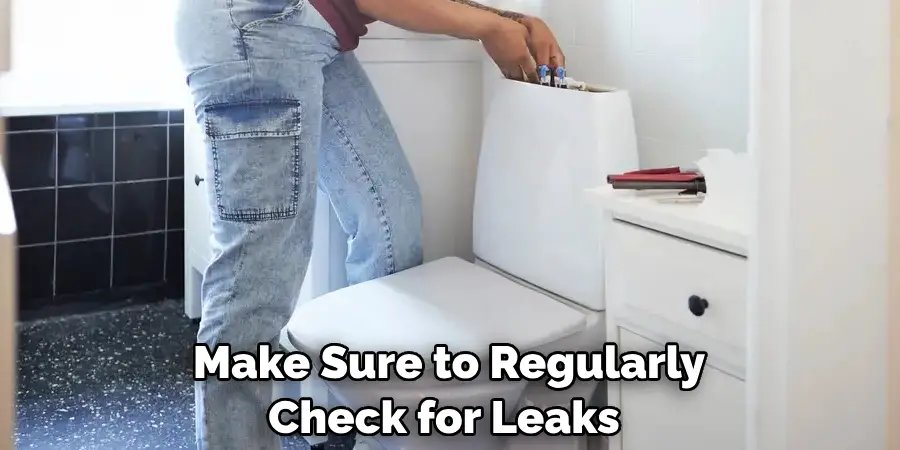
Conclusion
In conclusion, a leaky toilet may seem like a minor issue, but it can have significant consequences if left unaddressed. Not only does it waste water and lead to higher bills, but it can also cause damage to your home and potentially impact your plumbing system.
Regularly testing for leaks and addressing them promptly is crucial for maintaining the efficiency and functionality of your toilet.
By prioritizing proper maintenance and addressing any issues as soon as they arise, you can avoid costly repairs and ensure a healthy plumbing system in your home. So, make sure to regularly test your toilet for leaks and seek professional help if needed. I hope this article has been beneficial for learning how to test toilet for leaks. Make Sure the precautionary measures are followed chronologically.

